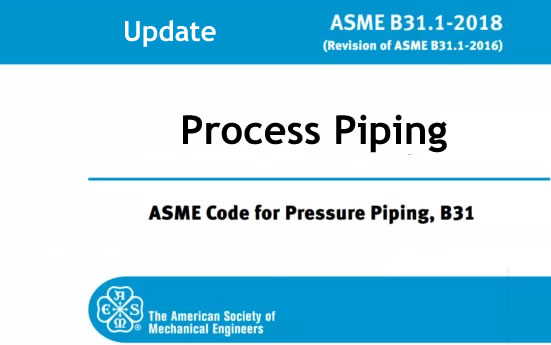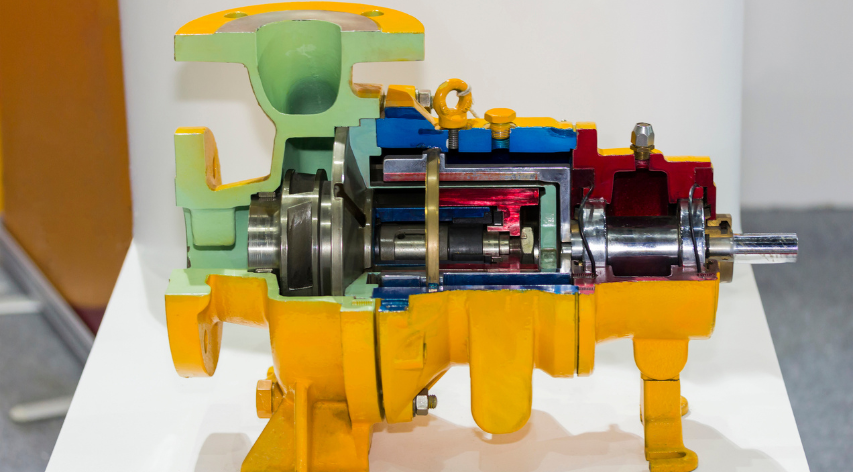ASME B31.3 – Substantive Changes in the 2018 Edition for Process Piping


In addition to the many clarifications, updated references to codes and standards, updates to basic allowable stresses, and added listed materials, there are several substantive changes to the 2016 Edition of ASME B31.3, Process Piping, which is scheduled to be issued mid-January 2019. These substantive changes are:
Owner
Added specific permission for the owner to designate a representative to carry out selected responsibilities required by this Code, and noted that the owner retains ultimate responsibility for the actions of the representatives.
Flange Design
Added the ASME B&PV Code Section VIII, Division 2, para. 4.16 flange calculation method as an acceptable way to design flanges for B31.3 applications. The Division 2 procedure considers pressure, gasket seating, and externally applied axial forces and net-section bending moments.
Stress Intensification and Flexibility Factors
Added specific references to ASME B31J-2017 as a resource for stress intensification and flexibility factors as an alternate to Appendix D.
High Cycle Fatigue
Added Appendix W, which describes an alternate method for evaluating high cycle fatigue when specified by the owner. The method in intended to be used when the number of significant stress cycles exceed 100,000.
A significant stress cycle is defined as a cycle with a computed stress range greater than 20.7 MPa (3.0 ksi) for ferritic and austenitic steels. For other materials. or corrosive environments, all cycles shall be considered significant unless otherwise documented in the engineering design. The existing rules provide an acceptable method of evaluating piping systems for fatigue when the number of significant stress cycles is less than or equal to 100,000. The piping cyclic loadings may be due to thermal expansion, anchor motion, vibration, inertial loads, wave motion or other sources.
Heat Treatment for Attachment Welds
Added explicit language requiring heat treatment for structural attachments welded directly to pressure-containing materials when the piping is required to be heat treated.
Visual Examination
Added a definition for readily-accessible: those surfaces that can be examined from not more than 600 mm (24 in.) and at an angle not less than 30 degrees to the surface to be examined.
- Increased visual examination required for normal fluid service welds from 5% random to 100%.
High Pressure Piping Fatigue Analysis
A fatigue analysis is required for all piping systems in Chapter IX High Pressure Fluid Service. In previous editions, this analysis was permitted to be performed in accordance with the BPV Code, Section VIII, Division 2 or Division 3. Division 2’s fatigue analysis involves using a standard S/N curve to determine the design fatigue life. Division 3 also allows an S/N curve approach, but only if it can be shown that the piping component will fail in a leak-before-burst mode. Otherwise, a more rigorous fracture mechanics evaluation is required. The Division 3 S/N analysis contains several requirements that are not included in Division 2, such as surface finish and mean stress corrections. Because the Division 2 approach is less precise than the Division 3 approach, wherever possible, Division 2 was eliminated as an option for the required Chapter IX fatigue analysis.

Have a question or need more information? You may post a comment on this blog for the author below. If you have a question about Becht Services you may click the link below.






